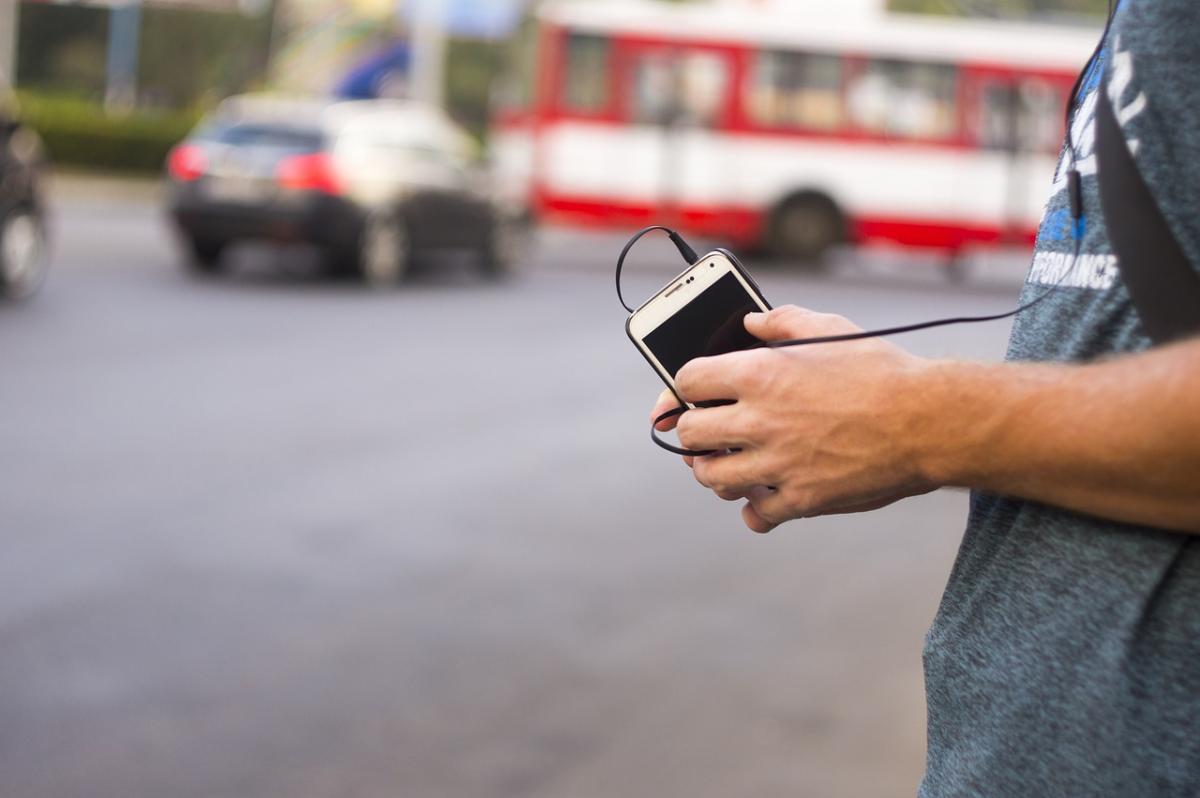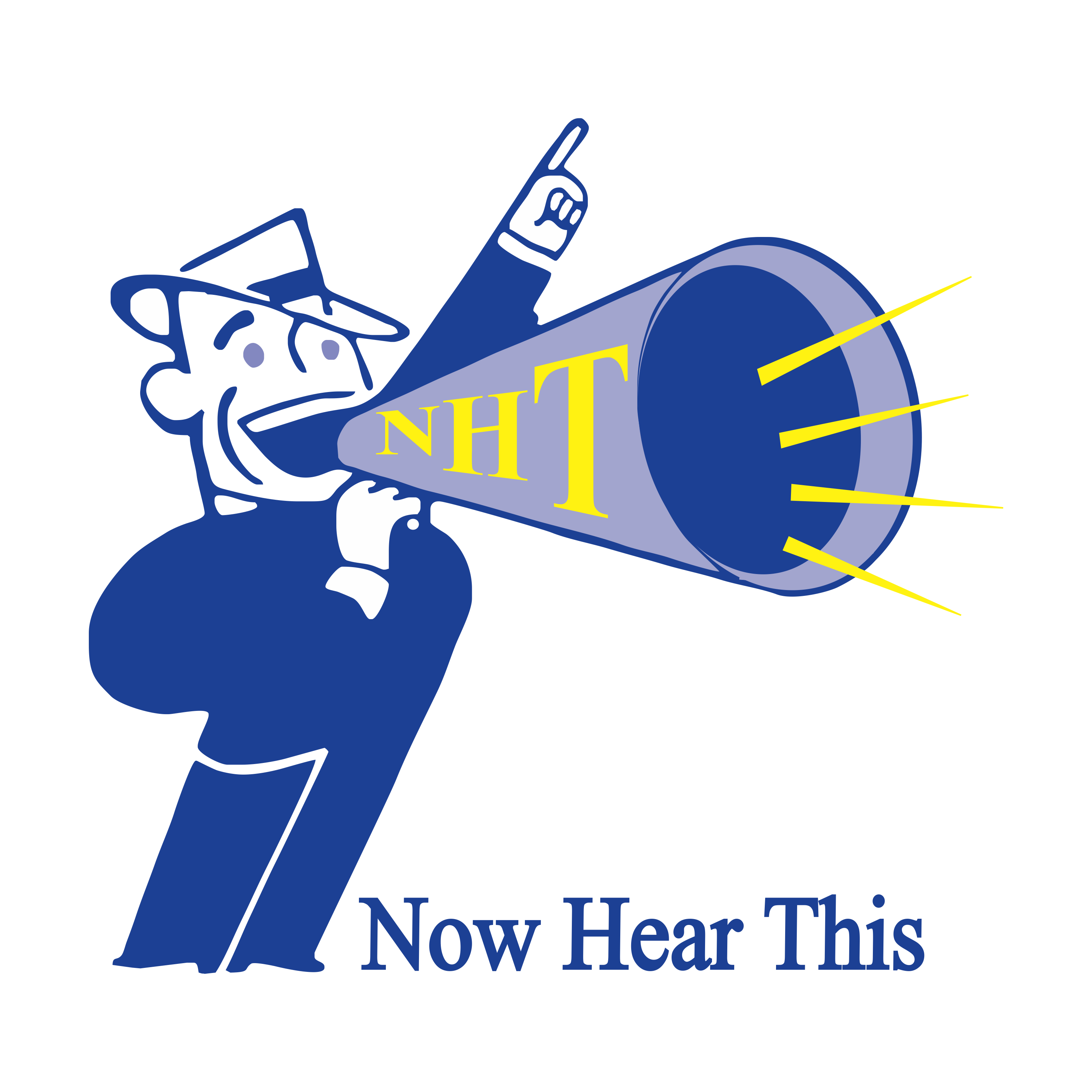 For those of you who do your own original music, I know you’ve had days – heck, maybe even weeks – where you’ve wondered, “Is anybody even listening to what I’m putting out?” (it’s okay to admit it). Let’s be clear that by “anybody” I mean people who aren’t family or friends. Those folks, after all, will be the ones who comment on your social media posts. But beyond them, you want to know, “Is my time and effort worth it?” You want feedback, sure, but you also want to know that what you’re putting out is marketable.
For those of you who do your own original music, I know you’ve had days – heck, maybe even weeks – where you’ve wondered, “Is anybody even listening to what I’m putting out?” (it’s okay to admit it). Let’s be clear that by “anybody” I mean people who aren’t family or friends. Those folks, after all, will be the ones who comment on your social media posts. But beyond them, you want to know, “Is my time and effort worth it?” You want feedback, sure, but you also want to know that what you’re putting out is marketable.
However, you still scratch your head and wonder, “But how do I know that people are listening?”
I had this conversation with a podcaster who recently said that they’ve been putting out a new episode of their show every week for a year but haven’t gotten a single email from a listener acknowledging that they’ve been tuning in.
If you too are staring at an Inbox that’s only filled with blank white space, take encouragement from the following. Here are some indicators that you can look for to be assured that, yes, people are hearing your original music.
(in no particular order)
The first/easiest one is sales. Just because people don’t write an email to you telling you that they’re listening to your music doesn’t mean they’re not buying it. After all, in the podcasting world I once heard someone say, “Podcasters – when was the last time that you, as a listener, emailed one of the shows that you listen to?” So, if you are making or have made any money at all, even if just a song download, then you know someone is listening.
Number 2 is similar to the above in that you can look at iTunes and see the POPULARITY column, next to the PRICE. There is a “meter” that goes from left to right showing you how much activity that track has gotten. Voila. Maybe people are just playing it and not purchasing a download, but you now know that people are listening.
Number 3 marries the above two in that if your song is on Spotify, you know it’s being streamed if you’re getting that fraction of a penny in your account for each time someone plays it.
Number 4 is SoundCloud, which is a great place to have your original music and a real simple place to look at reporting to see downloads, plays, and other helpful data.
Number 5 is social media. Above I mentioned friends and family. However, all it takes is one comment (I feel better about those than Likes because someone took the time to type in their thoughts instead of just tap on a button) and you know that listening to your music is someone that you don’t already know personally. Keep a close eye on your Twitter too because sometimes people will tweet at you.
Number 6 is your live performances. Are audience members talking to you about one of the original songs that you slipped into your otherwise cover-song-heavy set list? Plus, if you sell just one CD, that means that someone was touched enough by the originals that you performed that they wanted to leave that night with a recording of them.
Number 7 is website hits. Look at the analytics for the page on your site where you have your music available to be previewed.
This list could go on, but I’ve already written longer than this blog usually is every week. Know, however, that there are plenty of ways to assure yourself that what you’re doing isn’t going for naught. If you’re still not convinced and want help, contact me to talk about where Now Hear This could be of help.
Meanwhile, talk with other musicians about this in our Facebook group.
Bruce
23 April 2018
By: Bruce Wawrzyniak
